TSFP supplementation enhances pig and sow performance
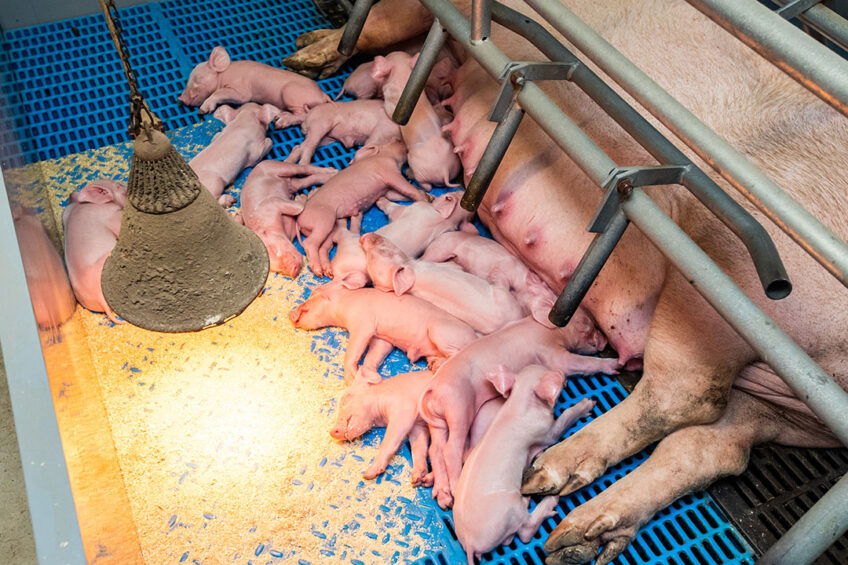
Researchers from Taiwan investigated the effects of modified 2-stage fermented feather and soybean meal product (TSFP) on the performance, clinical blood biochemistry, and immunity of sows and piglets.
Soybean meal is a high-quality protein source during late gestation and lactation periods of sows. However, it contains anti-nutritional factors such as glycinin and β-conglycinin. Feather meal comprises up to 85% crude protein with a low solubility and unbalanced amino acids. This limits its usage in monogastric animal diets. Studies showed that mixing feather and soybean meal and using 2-stage fermentation technology effectively degrades anti-nutritional factors of soybean meal and improves the nutritional value of feather meals.
Data collection
The researchers first fermented mixed feather meal and soybean meal, using Bacillus subtilis and Bacillus amyloliquefaciens. These have a strong protein decomposition capacity. They used Bacillus coagulans or Saccharomyces cerevisiae with strong acid production capability during the second-stage fermentation. The team selected 50 hybrid sows for the experiment. These were randomly assigned to dietary supplementation of 2% fish meal, and 0, 1, 2, or 3% TSFP.
They analysed the physical and chemical composition of TSFP with 3 replicates. The researchers recorded the sow’s body weight at 80 and days of gestation, and weaning. In addition to this, they calculated and monitored weight gain, feed conversion ratio during gestation, and weight loss during lactation. They also recorded the average daily feed intake during the gestation and lactation period, the weaning-to-estrus and the weaning to mating interval, the numbers of born and weaned piglets per litter and their bodyweight and the piglets’ mortality rates. The team collected fecal samples to determine Escherichia coli counts at weaning. In addition, they collected blood samples from sows for clinical blood biochemical analysis, and immune characteristics measurements.
Sow and piglet performance
In sows, increasing dietary levels of TSFP to 2% or more during the gestation period improved their body weight gain and feed conversion ratio. In addition, increasing dietary levels of TSFP to 2% or 3% during the lactation period enhanced the feed intake. The litter weight at weaning and creep feed intake of the piglets increased as the dietary level of TSFP increased up to 2% or above.
The results showed that the co-cultivation method of keratin-degrading bacteria and proteolytic bacteria convert the macromolecular protein of substrate into easily digestible small molecules in the first stage of fermentation, thus promoting the sow and piglet performances. The strong carbohydrate-degrading and acid-producing capacity of the bacteria used during the second stage of fermentation increased flavour, and improved the palatability of feed and nutrient absorption of sows during the lactation period.
Blood biochemical parameters
In sows, alanine aminotransferase and blood urea levels decreased as the dietary level of TSFP increased more than 2%. This showed that TSFP improves the utilisation of protein, prevents the occurence of hepatitis, and increases milk production.
In piglets, alanine aminotransferase, alkaline phosphatase, and blood urea levels decreased as the dietary level of TSFP increased. Supplementing 3% TSFP to lactating sow feeds effectively increased the total protein in the blood of piglets. On the other hand, TSFP supplementation at a maximum level of 3% showed no adverse effects on clinical blood biochemical parameters in sows and piglets, and could be safely used in sow diets.
Immune system function
In sows, IFN-γ and IgG enhanced as the dietary level of TSFP increased up to 2 or 3%. This showed improvement in the bactericidal effects of macrophages and the immune system function. In piglets, IFN-γ, IgG and the oxidative burst capacity increased as the dietary level of TSFP elevated up to more than 2%. This is a sign of activated cell-mediated immune responses, promoted antigen presentation, and increased productions of pro and inflammatory cytokines.
The authors concluded that TSFP supplementation had a positive effect on the performance and immunity of sows and piglets.
 Beheer
Beheer

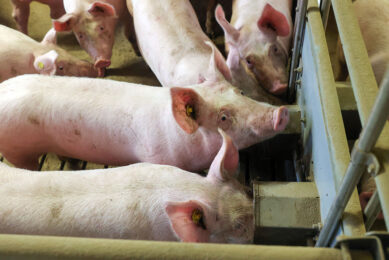
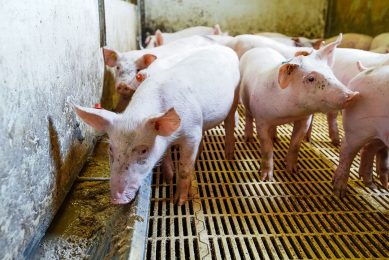
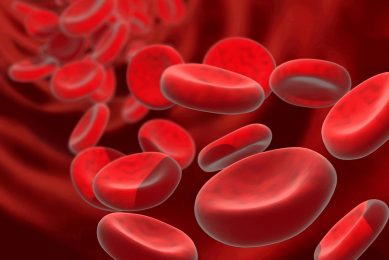
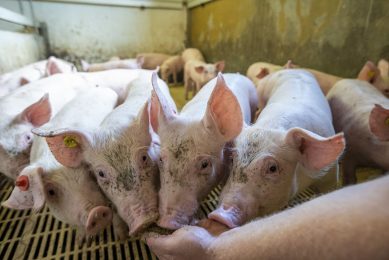



 WP Admin
WP Admin  Bewerk bericht
Bewerk bericht